Creative Exchange
Stage And Screen – Exploring The Creative Exchange Between Theatre And Film
Theatrical Origins – Why Stage Shows Inspire Cinematic Adaptations Cinematic Transformations – How Film Reimagines Live Performance
The relationship between stage and screen has evolved into a dynamic creative exchange. Theatre productions are increasingly being adapted into films, while movies are finding new life on stage. This trend reflects a broader cultural appetite for storytelling that transcends format. Audiences crave emotional resonance, visual spectacle, and familiar narratives reimagined in fresh ways. The intimacy of live theatre and the scale of cinema each offer unique strengths. When a stage show becomes a film, it gains permanence and global reach. When a movie becomes a musical, it gains immediacy and communal energy. This interplay is not simply commercial—it’s artistic. It allows creators to explore new dimensions of character, theme, and audience engagement.
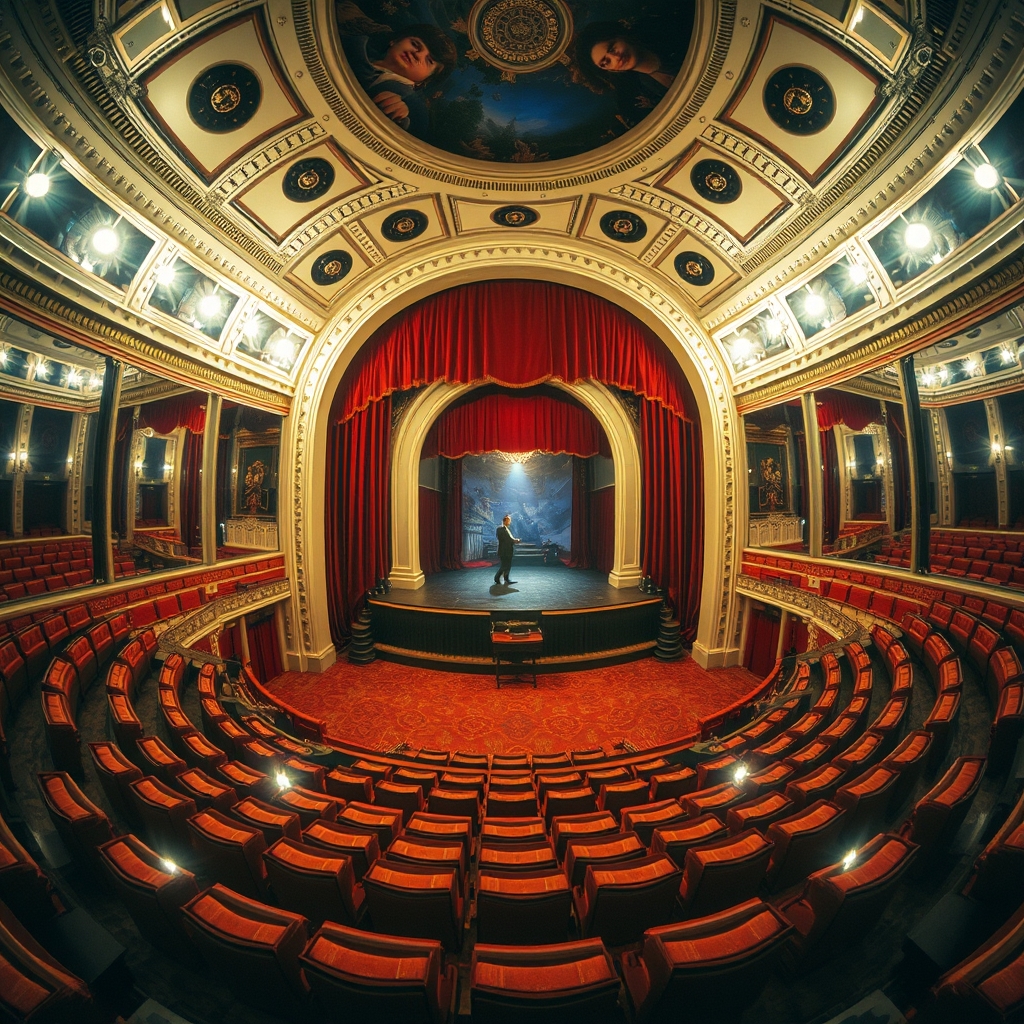
From Screen To Stage – Films That Found New Life In Theatre Cinematic Stories Reimagined For The Stage
Many beloved films have been successfully adapted into stage productions, transforming cinematic narratives into live, immersive experiences. These adaptations often retain the core storyline while introducing new songs, choreography, and theatrical design. Pretty Woman: The Musical is a prime example, turning the iconic 1990 romantic comedy into a Broadway hit with original music by Bryan Adams and Jim Vallance. Other notable examples include Legally Blonde, which became a vibrant, empowering musical, and The Lion King, which evolved into one of the most visually stunning and enduring stage productions in history. These adaptations often emphasize emotional arcs and character development through song and performance, offering audiences a fresh way to engage with familiar stories.
| Film Title | Stage Adaptation | Premiere Year | Notable Features |
|---|---|---|---|
| Pretty Woman | Pretty Woman: The Musical | 2018 | Original score, romantic tone |
| Legally Blonde | Legally Blonde: The Musical | 2007 | Upbeat songs, feminist themes |
| The Lion King | The Lion King: The Musical | 1997 | Puppetry, African-inspired design |
| Mean Girls | Mean Girls: The Musical | 2018 | Satirical lyrics, modern updates |
| Back to the Future | Back to the Future: The Musical | 2020 | Time-travel effects, 80s nostalgia |
| Beetlejuice | Beetlejuice: The Musical | 2019 | Dark humor, audience interaction |
| Moulin Rouge! | Moulin Rouge! The Musical | 2019 | Pop mashups, visual spectacle |
| Frozen | Frozen: The Broadway Musical | 2018 | New songs, expanded character arcs |
| School of Rock | School of Rock: The Musical | 2015 | Live kid band, rock anthems |
| Billy Elliot | Billy Elliot: The Musical | 2005 | Ballet, working-class themes |
From Stage To Screen – Theatre Productions That Became Films Live Performances Translated Into Cinematic Experiences
Just as films have inspired stage adaptations, many acclaimed theatre productions have made the leap to the big screen. These adaptations often aim to preserve the emotional intensity of live performance while expanding the visual and narrative scope. Chicago is a standout example, transforming the vaudeville-inspired musical into a stylized, Oscar-winning film. Les Misérables brought the sweeping drama of the French Revolution to global audiences with cinematic realism. Even Pretty Woman: The Musical—originally a a fan favourite film —has been changed for stage broadcast, completing a full-circle journey. These adaptations allow theatrical stories to reach wider audiences and often introduce new generations to classic works.
| Stage Show | Film Adaptation | Release Year | Distinctive Elements |
|---|---|---|---|
| Chicago | Chicago | 2002 | Stylized editing, musical fantasy |
| Les Misérables | Les Misérables | 2012 | Realistic settings, live singing |
| Rent | Rent | 2005 | Urban grit, rock opera style |
| Hairspray | Hairspray | 2007 | 60s flair, inclusive themes |
| The Phantom of the Opera | The Phantom of the Opera | 2004 | Gothic romance, operatic score |
| Cats | Cats | 2019 | Digital fur effects, surreal tone |
| Into the Woods | Into the Woods | 2014 | Fairy tale mashup, ensemble cast |
| Dear Evan Hansen | Dear Evan Hansen | 2021 | Social media themes, teen angst |
| West Side Story | West Side Story | 2021 | Modernized visuals, Spielberg direction |
| Sweeney Todd | Sweeney Todd: The Demon Barber of Fleet Street | 2007 |
Cultural Legacy – Stage Shows With Enduring Appeal Timeless Narratives – Why Theatre Stories Translate To Film
Many stage shows possess timeless themes that resonate across generations. Stories of love, ambition, rebellion, and redemption are central to both theatre and film. Famous productions that have a big fan base like Les Misérables, West Side Story, and Chicago have proven track record and viability. Their musical scores, dramatic arcs, and iconic characters lend themselves to visual storytelling. Film adaptations often preserve the emotional core while expanding the setting and scope. This process introduces theatrical classics to new audiences. It also allows for reinterpretation through modern lenses. Directors can update casting, choreography, and design to reflect contemporary values. The result is a cultural bridge between eras. Theatre’s legacy becomes cinema’s future.
| Stage Show | Film Adaptation | Year Released | Notable Changes |
|---|---|---|---|
| Les Misérables | Les Misérables | 2012 | Realistic settings, expanded cast |
| West Side Story | West Side Story | 2021 | Modernized visuals, diverse casting |
| Chicago | Chicago | 2002 | Stylized editing, cinematic pacing |
Audience Familiarity – Leveraging Known Stories For Success Recognition And Nostalgia – Why Familiar Titles Drive Adaptation
Producers often choose stage shows with built-in audiences. Familiarity reduces risk and increases marketability. Fans of the original production are likely to support the film version. Nostalgia plays a powerful role in audience engagement. When viewers recognize songs, characters, or plotlines, they feel emotionally invested. This recognition also aids promotional campaigns. Trailers, posters, and interviews can reference beloved moments. The adaptation becomes an event rather than a gamble. Additionally, successful stage shows often have proven narrative structure. Their pacing, character development, and emotional beats have already been tested. This makes them attractive to filmmakers seeking reliable material.
- Familiarity builds trust with audiences
- Nostalgia enhances emotional connection
- Proven structure reduces creative risk
- Marketing benefits from recognizable elements
- Adaptations become cultural events
- Fans support cross-format storytelling
- Merchandising opportunities expand
- Awards recognition increases visibility
- International appeal grows
- Legacy is preserved and renewed
Visual Expansion – Cinema’s Ability To Broaden Theatrical Worlds Spatial Freedom – How Film Enhances Stage Settings
Stage shows are limited by physical space and technical constraints. Film adaptations can overcome these limitations. Cinematic tools allow for expansive landscapes, dynamic camera work, and immersive effects. A scene confined to a single set on stage can unfold across multiple locations on screen. This spatial freedom deepens the narrative experience. It also allows for more realistic portrayals of time, geography, and emotion. Directors can use lighting, editing, and sound design to heighten drama. The result is a richer sensory experience. Audiences feel transported rather than simply entertained. This transformation respects the original while elevating its impact.
| Theatrical Limitation | Cinematic Enhancement |
|---|---|
| Static sets | Multiple locations |
| Limited cast | Expanded ensemble |
| Live sound | Layered audio design |
| Fixed perspective | Dynamic camera angles |
| Minimal effects | CGI and visual effects |
Musical Momentum – Songs That Transcend Mediums Melodic Power – Why Music Drives Adaptation
Musicals are particularly suited for adaptation due to their emotional intensity. Songs convey character, mood, and theme in ways dialogue cannot. When a musical moves from stage to screen, its score often becomes the centerpiece. Iconic numbers like “Defying Gravity” or “I Dreamed a Dream” anchor the adaptation. These songs create continuity between formats. They also attract fans who associate them with pivotal moments. In film, music can be enhanced with orchestration, mixing, and visual accompaniment. This elevates the emotional resonance. Musical adaptations often chart well on streaming platforms and radio. Their popularity extends beyond the theatre or cinema.
- Songs express emotion efficiently
- Music builds audience loyalty
- Iconic numbers drive marketing
- Scores enhance cinematic storytelling
- Soundtracks generate revenue
- Streaming boosts visibility
- Lyrics deepen character development
- Rhythm supports pacing
- Music bridges cultural gaps
- Adaptations become multimedia experiences
Creative Reinterpretation – Directors Reimagine Stage Material Artistic License – How Film Offers New Perspectives
Film adaptations allow directors to reinterpret stage material. They can shift tone, update themes, or explore untapped subtext. This creative license is often essential for relevance. A stage show written decades ago may require modernization. Film provides the tools to do so without losing the original’s essence. Directors can cast actors who bring new energy. They can adjust dialogue to reflect current language. They can highlight marginalized voices or reframe power dynamics. These choices make the adaptation more inclusive and resonant. They also invite critical discussion and artistic growth. The result is a layered experience that honors and evolves the source.
| Original Element | Reimagined Feature | Impact |
|---|---|---|
| Traditional casting | Diverse representation | Broader appeal |
| Period setting | Contemporary update | Increased relevance |
| Linear narrative | Nonlinear structure | Artistic depth |
| Minimal staging | Elaborate visuals | Enhanced immersion |
Reverse Flow – Why Movies Are Moving To The Stage Theatrical Rebirth – How Film Stories Thrive In Live Performance
The adaptation trend flows both ways—many films are now being reimagined as stage productions. This reversal is driven by the desire to bring cinematic stories into a more intimate, live setting. Theatre offers a communal experience that film cannot replicate. When a movie becomes a musical or play, it gains immediacy and emotional proximity. Audiences witness performances in real time, often with minimal effects and maximum vulnerability. This shift also allows for creative reinterpretation. Directors and playwrights can emphasize different themes or restructure the narrative. Popular films like Mean Girls, Back to the Future, and Frozen have all found success on stage. These adaptations often include new songs, stylized choreography, and inventive staging. They become celebrations of the original while standing on their own artistic merit.
| Film Title | Stage Adaptation | Premiere Year | Notable Additions |
|---|---|---|---|
| Mean Girls | Mean Girls: The Musical | 2018 | Original songs, feminist themes |
| Back to the Future | Back to the Future: The Musical | 2020 | Musical score, stylized effects |
| Frozen | Frozen: The Broadway Musical | 2018 | New songs, expanded character arcs |
Economic Strategy – Expanding Revenue Through Cross-Medium Adaptation Financial Synergy – How Adaptations Maximize Profit Potential
Adapting stories across mediums is not just an artistic decision—it’s a strategic one. Studios and producers recognize the financial benefits of cross-format storytelling. A successful film can generate new revenue as a stage show, and vice versa. Merchandise, soundtrack sales, and licensing deals multiply with each adaptation. Broadway and West End productions often attract tourists and long-term ticket sales. Meanwhile, film adaptations of stage shows can reach global audiences through streaming and theatrical release. This synergy creates a feedback loop of visibility and profit. It also extends the lifespan of intellectual property. A story that once had a limited run can now live on in multiple forms.
- Cross-medium adaptation increases revenue streams
- Merchandise sales expand with each format
- Soundtracks generate ongoing royalties
- Licensing deals multiply across platforms
- Stage shows attract tourism and long runs
- Films reach global audiences via streaming
- Adaptations extend IP lifespan
- Visibility boosts brand recognition
- Investment risk is reduced by proven success
- Profit potential grows with each iteration
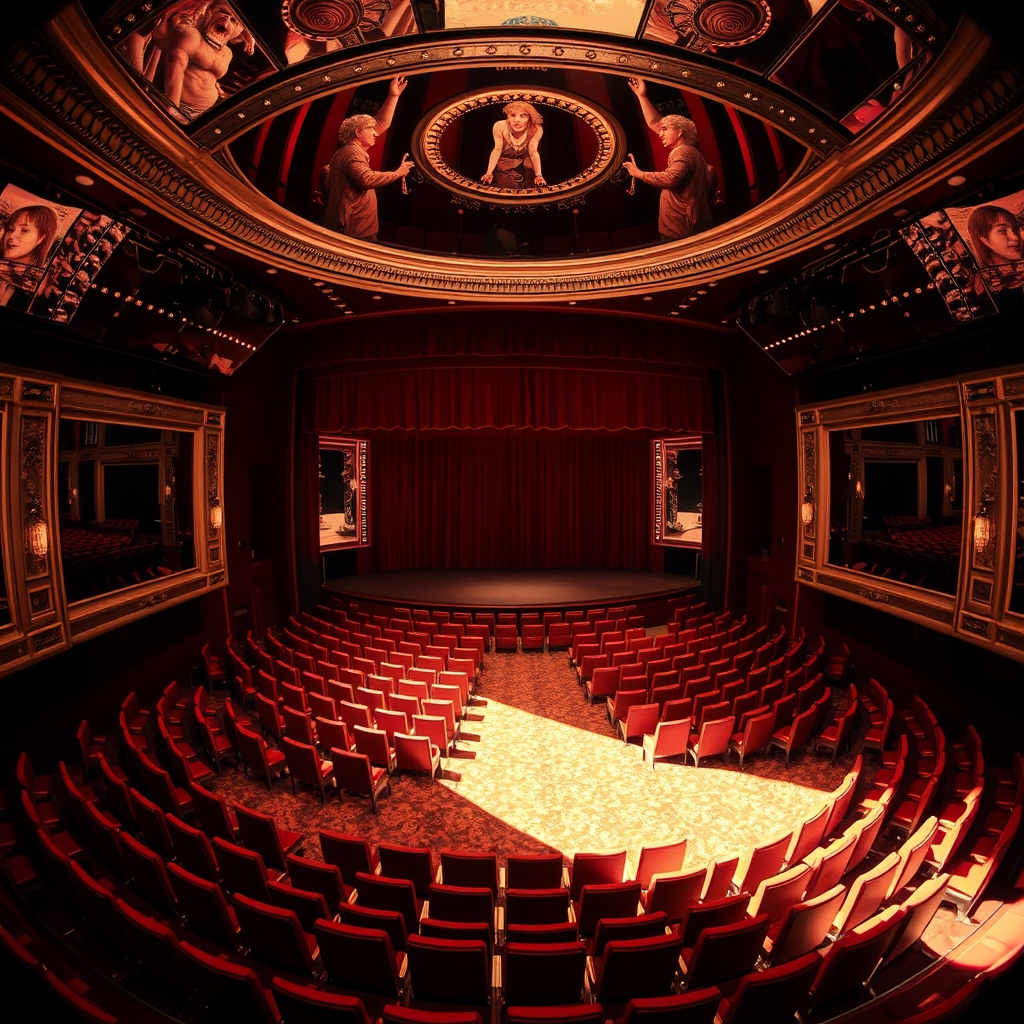
Technological Innovation – Enhancing Stagecraft With Cinematic Techniques Hybrid Storytelling – Where Theatre Meets Film Technology
Modern stage productions increasingly incorporate cinematic techniques. Projection mapping, LED screens, and surround sound bring film-like immersion to live theatre. These innovations allow stage adaptations of movies to retain their visual identity. For example, Harry Potter and the Cursed Child uses illusions and lighting to mimic cinematic magic. King Kong: The Musical employed animatronics and puppetry to recreate the film’s scale. These hybrid productions blur the line between stage and screen. They also attract younger audiences familiar with digital storytelling. The result is a new theatrical language—one that honors tradition while embracing innovation.
| Stage Innovation | Cinematic Parallel | Example Production |
|---|---|---|
| Projection mapping | Visual effects | Harry Potter and the Cursed Child |
| Animatronics | Creature design | King Kong: The Musical |
| LED backdrops | CGI environments | Frozen: The Broadway Musical |
| Surround sound | Film audio mixing | Moulin Rouge! The Musical |
Narrative Depth – Exploring Characters In New Dimensions Expanded Arcs – How Adaptations Deepen Storytelling
Stage adaptations of films often expand character arcs and emotional depth. The constraints of a two-hour movie can limit development. On stage, stories unfold over multiple acts with musical interludes and monologues. This format allows for introspection and nuance. Characters who were secondary in the film may gain prominence. Songs can reveal inner conflict or backstory. Dialogue can be rewritten to reflect contemporary issues. These changes enrich the narrative and offer fresh perspectives. Audiences experience familiar stories in new emotional registers. The result is a deeper connection to the material.
- Stage format allows for longer storytelling
- Songs reveal internal character struggles
- Monologues add emotional nuance
- Secondary characters gain depth
- Dialogue can be modernized
- Themes can be reframed for relevance
- Audience empathy increases
- Narrative pacing becomes more flexible
- Adaptations become reinterpretations
- Storytelling becomes more layered
Cultural Relevance – Updating Stories For New Generations Modern Resonance – Why Adaptations Reflect The Present
Adaptations offer an opportunity to update stories for modern audiences. Social values, cultural norms, and political contexts evolve over time. A film made in the 1980s may require revision to remain relevant. Stage adaptations can address these shifts directly. They may include more diverse casting, gender-swapped roles, or updated dialogue. These changes reflect the world we live in today. They also invite new audiences to engage with familiar material. Adaptations become a form of cultural conversation. They ask what stories mean now—not just what they meant then.
| Original Element | Updated Feature | Cultural Impact |
|---|---|---|
| All-white cast | Inclusive casting | Broader representation |
| Gender roles | Gender-swapped characters | Feminist reinterpretation |
| Outdated language | Modernized dialogue | Increased accessibility |
| Passive characters | Empowered arcs | Stronger audience connection |
Genre Flexibility – Adapting Across Styles And Tones Cross-Genre Appeal – How Stories Shift Between Comedy, Drama, And Fantasy
One of the strengths of adaptation is genre flexibility. A story that began as a dramatic film can become a comedic stage musical. Conversely, with a tiny bit of adaption a lighthearted movie can start to be reimagined with emotional depth in a theatrical setting and then the hard work begins. This genre shift allows creators to explore new tones and themes. For example, Heathers became a darkly comic musical, while The Lion King transformed into a visually poetic stage experience. These shifts are not arbitrary—they reflect the strengths of each medium. Theatre excels at stylization and metaphor. Film thrives on realism and visual spectacle. By shifting genres, adaptations unlock new emotional registers and audience responses.
| Original Genre | Adapted Genre | Example | Impact |
|---|---|---|---|
| Teen drama | Dark comedy musical | Heathers | Satirical reinterpretation |
| Animated fantasy | Theatrical epic | The Lion King | Visual symbolism |
| Action film | Stage thriller | The Bodyguard | Intimate tension |
| Romantic comedy | Musical romance | Pretty Woman | Emotional amplification |
Fan Engagement – Building Communities Across Formats Interactive Fandom – How Adaptations Deepen Audience Loyalty
Adaptations foster deeper fan engagement by offering multiple ways to experience a story. A fan of a film may attend the stage version, buy the soundtrack, and follow cast interviews. This multiplatform engagement builds community. Fans share experiences, compare versions, and debate interpretations. Social media amplifies this interaction. Hashtags, fan art, and reviews create a participatory culture. Adaptations also invite repeat viewings. A person might see the same story on stage, on screen, and in concert form. Each format offers something new. This layered experience strengthens emotional investment and brand loyalty.
- Fans engage across formats: film, stage, soundtrack
- Social media fosters community discussion
- Hashtags and fan art amplify visibility
- Repeat viewings deepen emotional connection
- Adaptations invite comparison and debate
- Cast interviews and behind-the-scenes content build intimacy
- Merchandising supports fan identity
- Live performances create shared memories
- Streaming extends access globally
- Fandom becomes a cultural force
Educational Value – Bringing Stories To Classrooms And Curricula Learning Through Adaptation – How Theatre And Film Support Education
Adapted works often find a place in educational settings. Teachers use both stage and screen versions to explore literature, history, and social issues. For example, To Kill a Mockingbird has been taught through its novel, film, and stage play. Each format offers different insights. Film provides visual context. Theatre emphasizes language and performance. These adaptations make complex themes more accessible. They also encourage critical thinking. Students can compare interpretations, analyze directorial choices, and discuss cultural relevance. This multidimensional approach enriches learning. It also fosters appreciation for the arts.
| Educational Use | Format | Benefit |
|---|---|---|
| Literature analysis | Stage play | Emphasizes dialogue and character |
| Historical context | Film | Visualizes setting and events |
| Social commentary | Musical | Engages through emotion and rhythm |
| Comparative study | Both | Encourages critical thinking |
Creative Employment – Expanding Opportunities For Artists Industry Growth – How Adaptations Support Artistic Careers
The rise of adaptations has expanded employment opportunities across the creative industries. Writers, composers, choreographers, designers, and performers all benefit. A single story adapted across formats can employ hundreds of artists. Stage adaptations of films often require new songs, sets, and choreography. Film adaptations of plays need screenwriters, cinematographers, and editors. This demand supports a vibrant creative economy. It also encourages collaboration across disciplines. Theatre artists bring live performance expertise. Filmmakers contribute visual storytelling skills. Together, they create hybrid works that push artistic boundaries. This cross-pollination strengthens both industries.
- Adaptations create jobs for artists and technicians
- Writers and composers develop new material
- Designers reimagine sets and costumes
- Performers gain exposure across mediums
- Collaboration fosters innovation
- Hybrid skills become more valuable
- Touring productions expand reach
- Film crews benefit from theatrical source material
- Creative industries become more interconnected
- Artistic ecosystems grow stronger
Global Reach – Adapting Stories For International Audiences Cultural Translation – How Adaptations Travel Across Borders
Adaptations help stories reach global audiences. A successful stage show in London may inspire a film that screens worldwide. Conversely, a Hollywood blockbuster can be amended and changed to may be adapted into local stage productions in multiple countries. This cultural translation involves more than language. It includes adjusting humor, references, and casting to suit regional tastes. Adaptations can also introduce audiences to unfamiliar traditions. For example, Bollywood films adapted for Western stages bring Indian music and dance to new viewers. This exchange fosters cross-cultural understanding. It also expands the global footprint of the original story.
| Original Format | Adapted Format | Region | Cultural Shift |
|---|---|---|---|
| West End musical | Hollywood film | Global | Broader accessibility |
| Hollywood film | Japanese stage play | Japan | Localized casting and themes |
| Bollywood film | UK stage musical | UK | Fusion of styles |
| Animated film | Korean musical | South Korea | Regional musical traditions |
Artistic Challenge – Reimagining Familiar Stories With New Constraints Creative Discipline – How Adaptations Inspire Innovation
Adapting a story from one medium to another imposes new constraints—and those constraints often spark creativity. A film with sweeping landscapes must be reimagined for a confined stage. A play with minimal dialogue may require cinematic expansion. These limitations force artists to think differently. They must distill the essence of the story and find new ways to express it. This process often leads to bold choices in staging, casting, and design. It also encourages experimentation with form. Some adaptations use abstract visuals, nonlinear timelines, or immersive audience interaction. These innovations push the boundaries of both theatre and film. They prove that constraint is not a barrier—it’s a catalyst.
| Original Constraint | Creative Response | Result |
|---|---|---|
| Large-scale setting | Minimalist staging | Symbolic storytelling |
| Limited dialogue | Musical expansion | Emotional depth |
| Static camera | Live choreography | Dynamic movement |
| Realistic tone | Stylized abstraction | Artistic reinterpretation |
Emotional Intensity – Amplifying Feeling Through Performance Live Connection – Why Theatre Deepens Emotional Impact
Live theatre offers a unique emotional intensity. The presence of performers, the energy of the audience, and the immediacy of the moment create a visceral experience. When a film is adapted for the stage, this intensity is amplified. Scenes that felt distant on screen become personal. Audiences witness every breath, gesture, and pause. This proximity fosters empathy and engagement. It also allows for emotional nuance. Actors can adjust their performance based on audience response. Directors can stage scenes to emphasize intimacy or tension. These choices make the adaptation more powerful.
- Live performance creates emotional immediacy
- Audience proximity fosters empathy
- Actors respond to real-time energy
- Stage design emphasizes intimacy
- Emotional nuance becomes more visible
- Silence and stillness gain dramatic weight
- Music enhances mood and tone
- Lighting guides emotional focus
- Audience becomes part of the experience
- Adaptations become emotionally immersive

Narrative Reinvention – Telling Old Stories In New Ways Structural Innovation – How Adaptations Reshape Storytelling
Adaptations often involve structural reinvention. A linear film may become a fragmented stage narrative. A play with acts and intermissions may be restructured into a continuous cinematic flow. These changes reflect the strengths and limitations of each medium. They also allow creators to emphasize different aspects of the story. For example, The Curious Incident of the Dog in the Night-Time uses visual projections and nonlinear staging to reflect the protagonist’s mind. Once uses live music and minimal dialogue to convey emotional depth. These structural choices are not just technical—they’re thematic.
| Original Structure | Adapted Structure | Example | Narrative Effect |
|---|---|---|---|
| Linear timeline | Nonlinear staging | Curious Incident | Psychological realism |
| Dialogue-heavy | Musical interludes | Once | Emotional resonance |
| Scene-based | Continuous flow | War Horse | Immersive storytelling |
| Realistic pacing | Stylized rhythm | Moulin Rouge! | Thematic amplification |
Legacy Building – Cementing Stories In Cultural Memory Enduring Impact – How Adaptations Preserve And Elevate Narratives
Adaptations help stories endure. A stage show may have a limited run, but its film version can live on indefinitely. A movie may fade from public attention, but its stage adaptation can revive interest. This process builds cultural legacy. It ensures that powerful narratives remain accessible and relevant. It also allows for preservation and documentation. Film captures performances for future generations. Theatre reinvents stories for new contexts. Together, they create a living archive of artistic expression. This legacy is not static—it evolves. Each adaptation adds a new layer of meaning. Each performance becomes part of a larger cultural conversation.
- Adaptations extend story lifespan
- Film preserves performances permanently
- Theatre reinvents stories for new eras
- Cultural memory is built through repetition
- Legacy grows with each reinterpretation
- Stories remain relevant across generations
- Documentation supports artistic study
- Adaptations become historical artifacts
- Audience nostalgia fuels longevity
- Artistic impact becomes cumulative
Symbolic Resonance – Aligning Theme With Format Medium As Message – How Adaptations Reinforce Meaning
The choice of medium can reinforce a story’s theme. A tale about isolation may gain power on a sparse stage. A story about spectacle may thrive in cinematic form. Adaptations allow creators to align format with message. This alignment deepens audience understanding. It also enhances symbolic resonance. For example, Billy Elliot explores personal transformation through dance—perfect for stage choreography. The Phantom of the Opera uses music and shadow to evoke mystery—ideal for theatrical ambiance. These choices are not incidental. They reflect a deliberate effort to match story and medium. The result is a cohesive artistic experience.
| Theme | Ideal Format | Example | Resonance |
|---|---|---|---|
| Isolation | Minimalist stage | The Glass Menagerie | Emotional vulnerability |
| Transformation | Musical theatre | Billy Elliot | Expressive movement |
| Spectacle | Cinematic film | Avatar | Visual immersion |
| Mystery | Gothic stage | Phantom of the Opera | Atmospheric tension |
Final Reflection – The Creative Exchange That Keeps Stories Alive
The ongoing dialogue between stage and screen is a testament to storytelling’s adaptability. Each adaptation is a new interpretation, a fresh lens, a different heartbeat. Whether a play becomes a film or a movie becomes a musical, the core remains: a desire to connect, to move, to resonate. This exchange is not a trend—it’s a tradition. It invites artists to challenge themselves and audiences to see familiar stories anew. In this interplay, stories are not just told—they are reborn.
Join The Discussion – What Adaptation Moved You Most
What stage show made a better film? What movie came alive on stage?
#StageToScreen #ScreenToStage #AdaptationArt #TheatreFilmFusion #StorytellingLegacy #CreativeReinvention
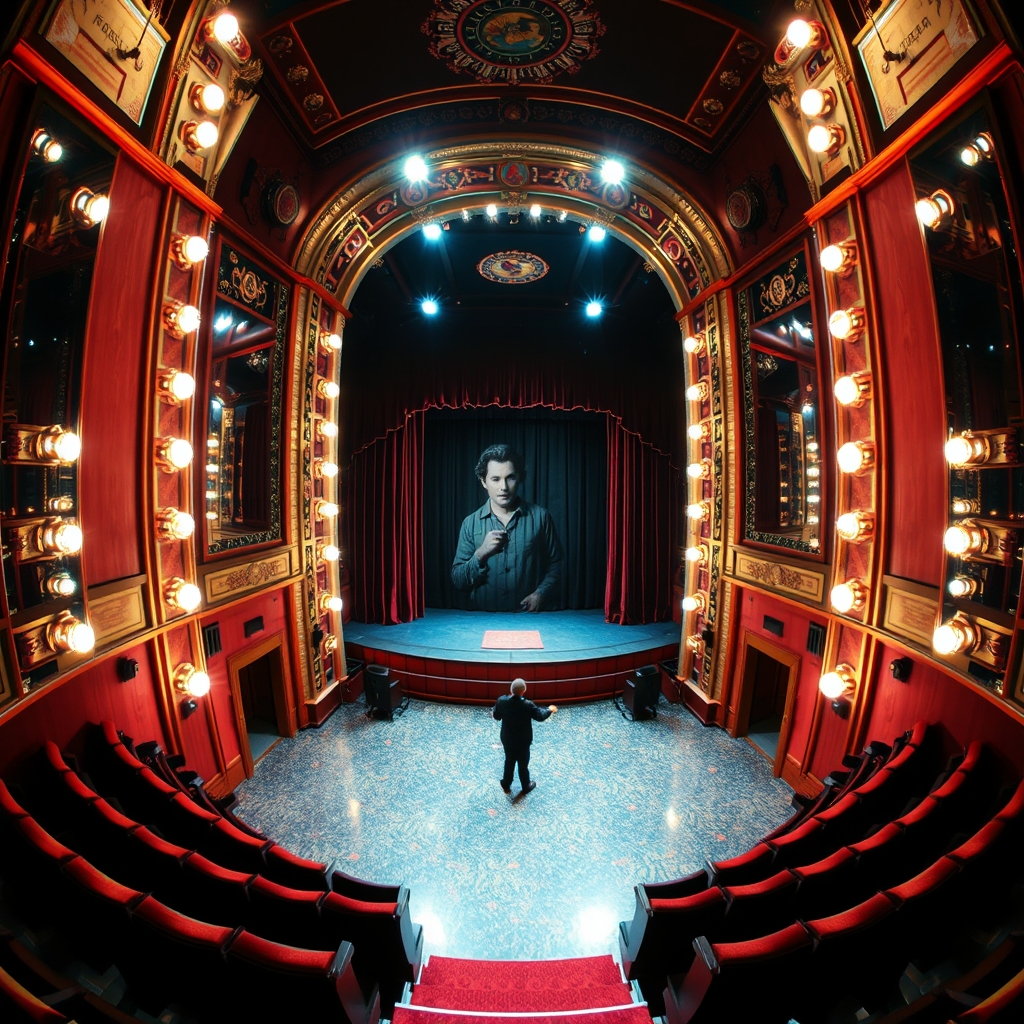
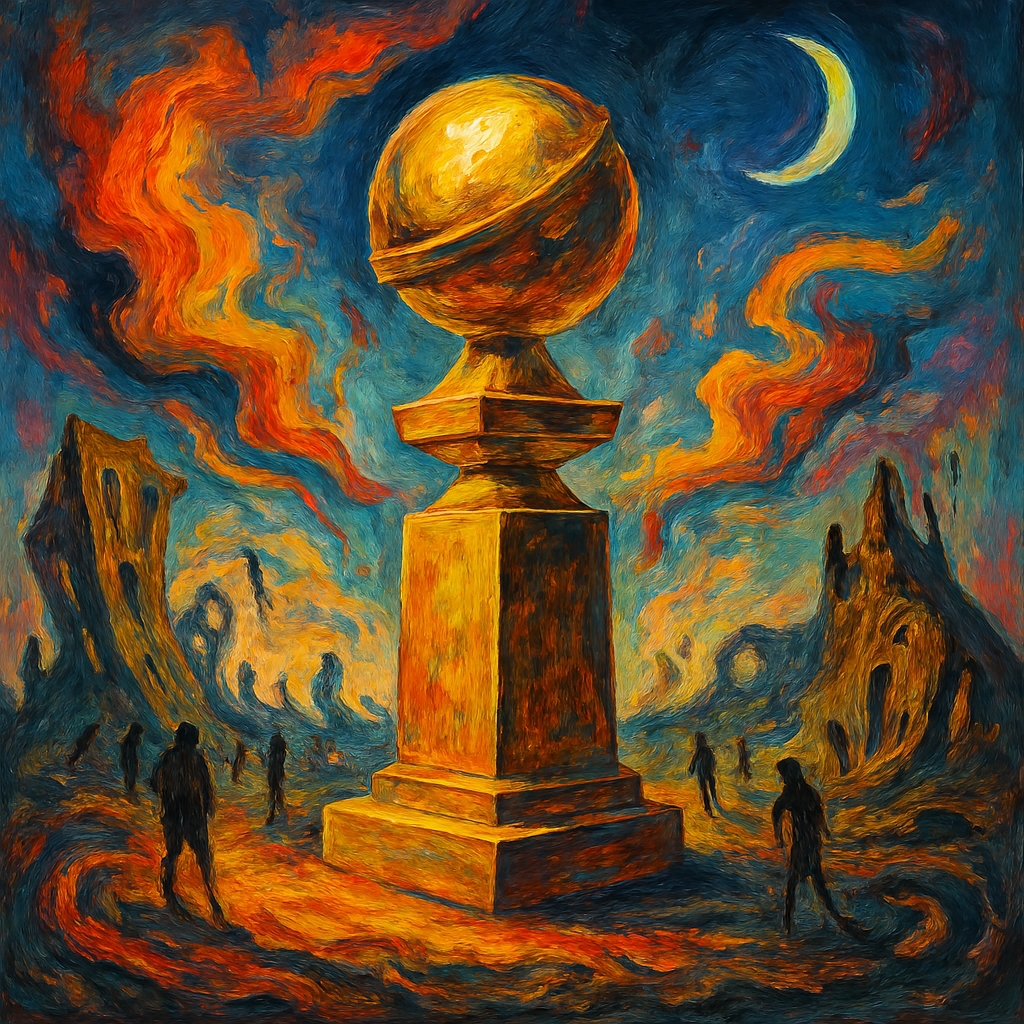

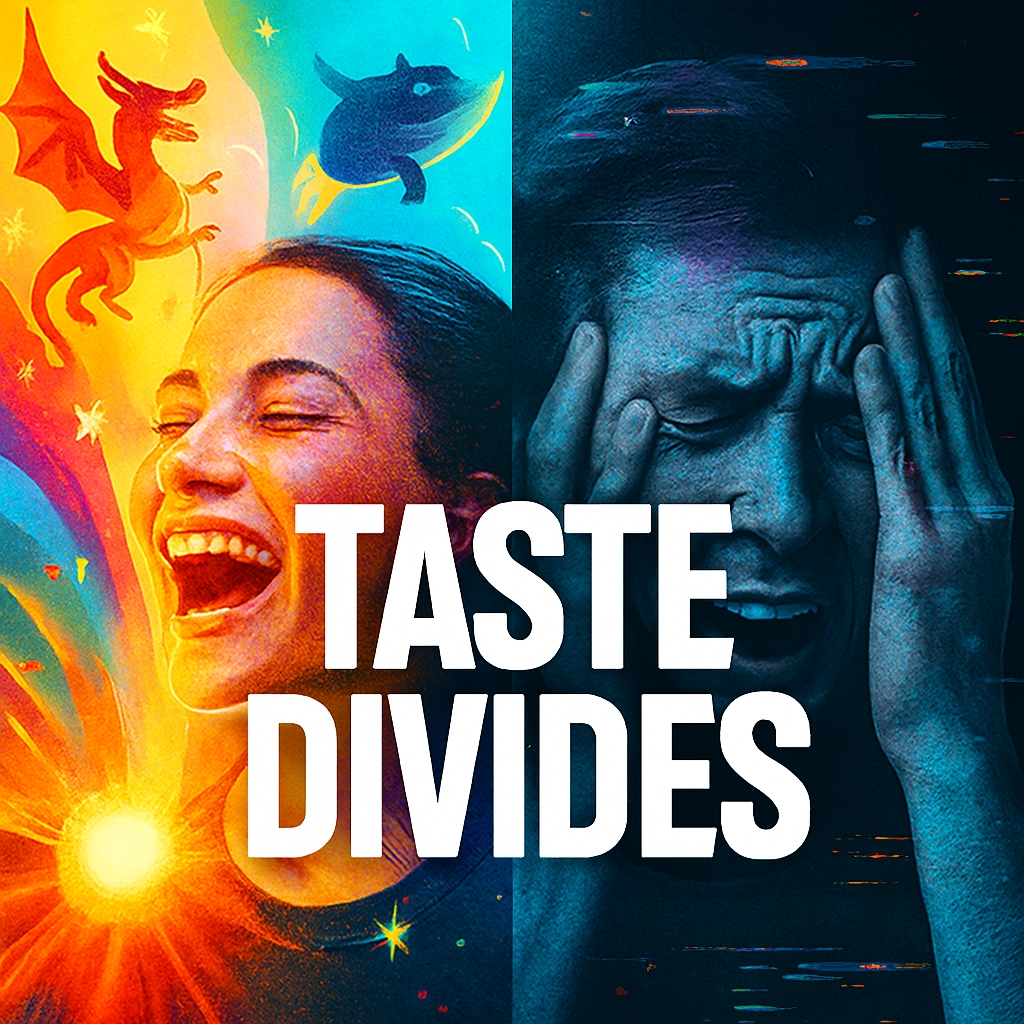



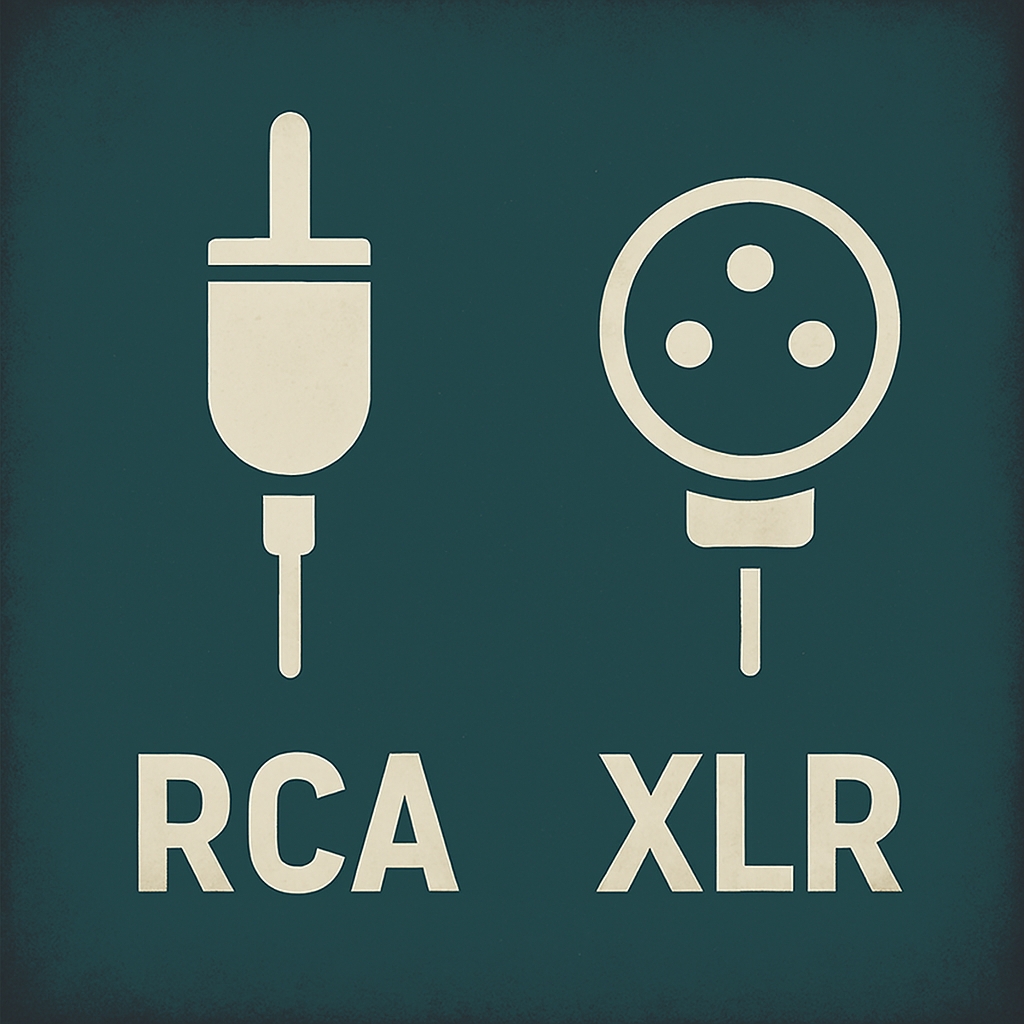


Leave a Reply